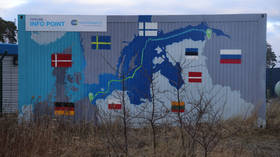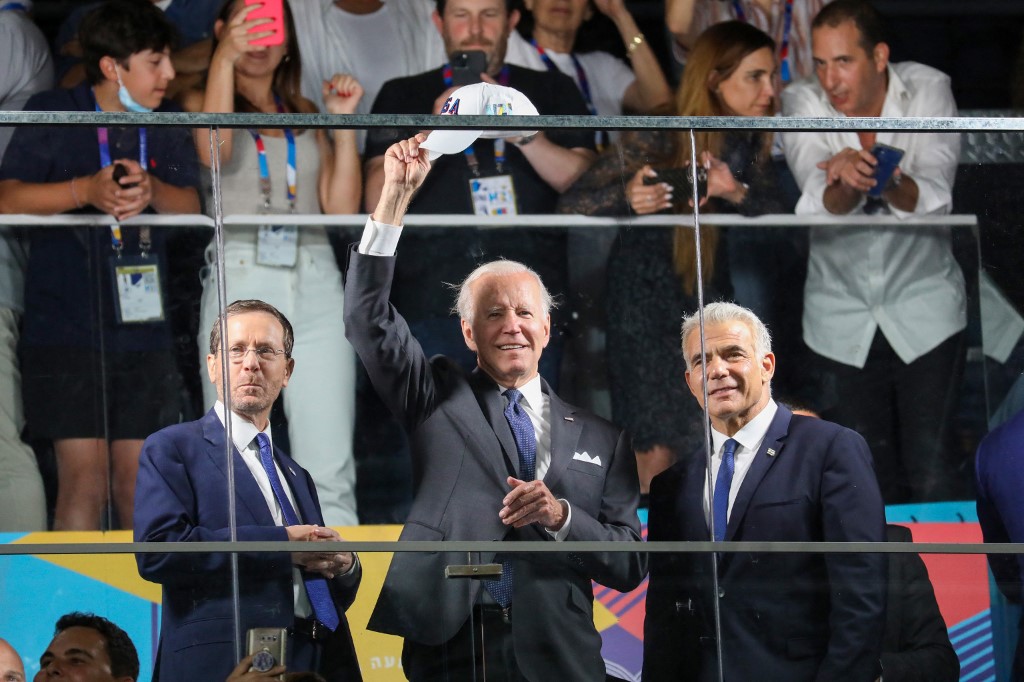
Biomass plant, Willamette Valley, Oregon. Photo: Jeffrey St. Clair.
If you’ve ever wondered why the military-industrial complex, fossil fuel industry and finance sit at the center of so many problems afflicting the world today, while finding solutions seems so intractable, it is because they are core elements of a Megamachine with roots as old as civilization itself.
That is the case Fabian Scheidler makes in his recent work, The End of the Megamachine: A Brief History of a Failing Civilization. He begins by looking back to the first military-industrial complex, when around five to six thousand years ago in the Middle East humanity learned to make bronze by smelting copper and tin with wood-stoked fires. Before that time, human settlements evidenced relative equality in terms of dwellings, food and burial rites. Then the hardness of bronze made possible weapons and armor that allowed rulers and empires to emerge. Temples and palaces appeared. Some people ate better than others, and had more elaborate burial rites.
Rulers forced farmers to pay taxes in the form of grain, accumulating the currency of food in temples, controlling distribution. Around 2500 BC came the first evidence of land ownership in the early empire of Sumer. Writing and the first legal codes came about to record and enforce tax obligations and property ownership. With failure to pay taxes and debts came enslavement. Around this time also came the first religions with a singular, dominating god.
These were the origins of what Scheidler describes as the four tyrannies: the physical violence of the state; the structural violence of economic coercion; the ideology to justify inequalities, and linear thinking asserting control of nature on which the first three tyrannies were built. These four tyrannies form the basis of the Megamachine, a term Scheidler draws from Lewis Mumford. The Megamachine is a pyramidal structure which forces people to look up to hierarchical peaks, rather than relating to each other on an eye-to-eye basis.
The Megamachine devouring the planet
It is this Great Machine, as Scheidler alternatively calls it, that has taken modern shape in the last 500 years in the form of a capitalism that is now devouring the planet. “At the core of it is the unrelenting increase of wealth stored in the bank accounts of a relatively tiny number of individuals. Today, 42 men possess the equivalent of all that owned by the poorer half of the world’s population. It seems the only remaining goal of the global Megamachine is to incinerate the Earth for a small clique of the absurdly superrich and add endless rows of zeros to their bank accounts.”
The same system is generating increasing instabilities in the form of ravaging climate disruption, financial crises, class conflicts, failed states and wars. “The growing instability and the possible disintegration of this system present an opportunity for change that has not existed for centuries,” Scheidler writes. “Under the right circumstances, the farther a complex system strays from equilibrium, the greater the impact that small movements can have, just like the famous butterfly that triggers a tropical storm.”
Scheidler counsels against feelings of powerlessness and helplessness. “ . . . in the chaos looming on the horizon all our actions will count . . . that which occurs will be the result of an infinite of individual decisions, made by almost an infinite number of people during an infinity of moments.” Whether the outcome will be a warlord world, or one in which democratic self-organization reminiscent of the times before hierarchical civilization rose, “will depend on how we are prepared for the systemic ruptures that lie ahead. That means we must already begin our exit while the Great Machine is still operating.”
Scheidler spends the conclusion of his book listing ways in which we might do that, with examples of how it is already being done. To that I will return in the second part of this series, after briefly detailing the author’s recounting of how we arrived in this place.
Two further revolutions: Steel and coins
The empires that rose out of the Middle East and then Greece, and culminated in the Roman Empire, were grounded on two more metallurgical revolutions.
One was the smelting of iron to create steel, which emerged in Anatolia somewhere around 1200BC. Even more than bronze, steel was ideal for making tools, weapons and armor. Steel provided the most aggressive and widespread empire to date, Assyria, with supremacy. Later, Rome far surpassed Assyria to become the Iron Empire par excellence, Scheidler writes. Around 20% of workers not employed in agriculture worked in metals. But making steel required far greater temperatures than bronze, as well as a carbon source. The demands of the Roman military-industrial complex drove the energy industry of its day, stripping forests twice the area of Greece from the Mediterranean basin.
An earlier metallurgical innovation made standing armies possible, and in Scheidler’s view created the basis for the market economy. That was the minting of coins from precious metals originating in Greece around the middle of the 6th century BC. Virtually no professional armies existed before then. Armies were composed of farmers who had to return home to sow and harvest crops. Soldiers had to be paid in-kind with goods, which had to be transported to the front. Even if they looted, armies would soon exhaust the landscape. This placed practical limitations of around three days on marches.
Silver coins eliminated this limit. Soldiers could now be paid with easily transportable coin purses. But payment in coin required creation of markets. Farmers previously had largely grown for their own subsistence, and paid taxes in the form of crops. Now they had to pay in coins, the need of which forced them to market their crops for coins. Armies could provision themselves through purchases along the way. “It was an almost perfect cycle without which neither Greek imperialism, Alexander’s empire, the Roman Empire nor the modern world system would have been possible.”
Mining the silver required slavery by captives in war and those convicted of crimes, including debtors. The system came to its first peak under Rome. The publicani, an early form of military contractor, organized taxation, mining and military supplies. Unlike individually owned enterprises, much as modern corporations they were theoretically immortal. In the same way, contrasting how fortunes might be disbursed upon the death of individuals, the publicani were the first to embrace the concept of endless accumulation.
But because Augustus valued the stability of the state, he eventually placed their functions under public control, so capitalism as we know it did not originate from here. The goal was a world state. Similar events later took place in China. The contrast with today, Scheidler notes, is that the modern goal is not a world state, but a world market ruled by capital.
Apocalypse and universal mission
The brutalities of empire, small groups holding power over the masses, created a deep sense of despair and helplessness that wounded society and traumatized people. Scheidler sees the tales of demon possession in the Christian gospels as evidence of that trauma. In the words of the prophets and recorded teachings of Jesus were a call to create a more egalitarian order in the present. But those calls were reversed when the emphasis changed from present action to visions of future deliverance through apocalypse. The only solution to the traumas of imperial devastation was divine intervention to completely destroy the old order to create a new one. The most influential example of this was the Book of Revelation written around 90AD.
Out of this apocalyptic dualism rose the cult of progress that possesses us today, Scheidler writes. In the shift from present action to an idealized future came an assertion there is only one valid universal truth, and an orientation to proselytizing virtually unknown before Christianity.
“World history forms an inevitable course towards a divine event that will result in the salvation of believers and the damnation of unbelievers,” and “. . . whoever knows this truth also has the right and duty to lead the uninformed onto the right path.” “These are the premises that form the foundation of the mission on which stands the entire ideological structure justifying the expansion of Europe during the last two millennia,” Scheidler writes. “The label on this mission project might change – from Christianity, to the Enlightenment, to the market economy or simply ‘Western values.’ Nonetheless, at its core remains the claim that it is the West that advances progress throughout human history.”
On this claim have brutalities been justified from the conquest of pagan tribes of Europe, to the genocide of the indigenous of the Americas, to colonization of Africa and Asia, to the wars of today. When the U.S. and its allies in Europe assert a “rules-based order,” the old message of Western supremacy rings through with clarity.
The coming of the modern
A parallel to the coming ruptures of the global system can be seen in the fall of the western Roman Empire. It seems a variety of factors came together to shatter the Megamachine of its time, a changing climate, pressure from peoples coming from across Eurasia, even difficulties obtaining the silver needed to pay its armies. In any event, around the 5th century AD, it did collapse into what have been known as the Dark Ages.
But they were not so dark for the masses of people. The dispersal of wealth and the elimination of the Roman military that backed it up relieved burdens on them. Slavery virtually disappeared. No longer did the tax collector come around seeking coins. Land, which had been held through almost unlimited property rights, reverted to non-tradable fiefs for which occupants paid in crops. Lords, with limited power, had to make compromises with them. Guilds rose to regulate production.
In the later middle age, the system of relative equality began to be undermined by increased productivity fed by climate warmth. The four tyrannies were beginning to re-assert themselves. Social divisions began to increase, while church officials grew wealthy. Sects that rose to challenge their wealth and power were labeled as heresies and put down by force.
The basis to re-create the four tyrannies was provided by wealth accumulated through the luxury trade with the east monopolized by the city-states of Venice and Genoa. Venice built the largest military-industrial complex predating the industrial revolution in the Arsenale, manufacturing its armed trading ships. (Ironically, now one of the sites for the Biennale, the modern arts festival that takes place in Venice every two years.)
Capital accumulation by the Italian city states was grounded in militarism. That capital funded mercenary armies to put down revolts, and kings to create the first standing militaries since Rome. The merchant empires of Italy also funded the murderous ventures known as the Crusades which brutalized and looted Islamic lands in ways that later would be transmitted to the Americas.
The late middle ages experienced world ravaging traumas. In Europe, the medieval warm period turned into the Little Ice Age, collapsing agriculture, killing 10-25% of the population. In 1348, the Black Death began to spread, killing a third of those who remained. Reduced populations had one positive effect. With labor power reduced, the peasants who remained more powerful, and staged unprecedented revolts. Elites desperate to stave them off birthed what Scheidler describes as the “monster of modernity.”
This first appeared in The Raven.
https://www.counterpunch.org/2022/07/19/the-rise-and-fall-of-the-megamachine/







